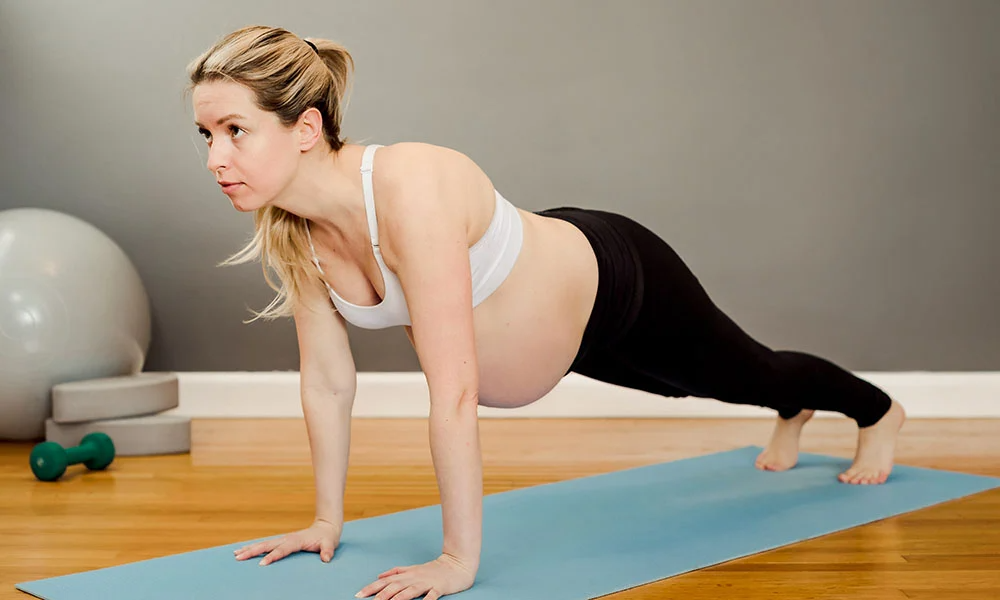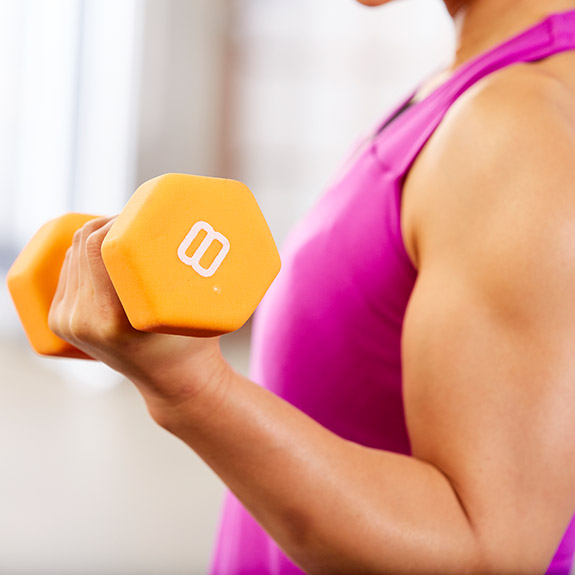
During the middle of the 20th century, the exercise industry grew exponentially. Fitness became a national obsession. Children were the pioneers of fitness accessibility. Physical education classes were introduced in public schools. Several programs were discontinued during the Great Depression. Others joined the private sector.
They stressed the importance of healthy habits and exercising as physical fitness boosters. They suggested that obesity could also be caused by poor children. Some people were critical of government-mandated fitness programs. To promote youth fitness, the Presidential Council on Youth Fitness was created. The PCYF stressed youth exercise, stress management and military readiness. The PCYF also promoted exercise outside of the home.
The youth exercise business was established to divert children from casual recreational activities. The industry also requires a high skill level and a lot of money. Each class is limited in attendance. This can be a traumatic experience for less athletic kids.

The NASM Youth Exercise Specialist course has been created for coaches and teachers of youth sport teams. The course includes both downloadable course manuals as well as an NCCA Accredited Online Exam. However, this certification is lacking in depth and practicality. It is a great deal moneywise, but lacks the depth of training and knowledge needed to effectively coach kids.
Children's resistance training programs must focus on endurance and building strength. They should include both single- and multiple-joint exercises. Your child's program should be varied throughout each year. If a child is not yet ready for weight training, consider starting with light loads and working their way up. A responsible fitness professional should be in charge of a child's training.
Along with weight training, it is important that children are supervised by professionals in corrective exercise. The sessions should also include a proper warmup and cooldown. Also, children should learn proper form and how to use cue words. This will set the stage for healthy living throughout their lives.
The NASM Youth Exercise Specialist cert can save you a lot of money. While it provides nutrition and fitness advice to young people, it lacks practicality and depth. The NASM youth exercise specialist course contains 12 modules and a printable course manual. It also includes a Video Exercise Library.

For trainers who want kids to be stronger and healthier, the NASM Youth Exercise Specialist Certification is for them. The certification covers resistance training, cardiorespiratory training, balance, and plyometrics. This course also covers psychological factors and business growth strategies. For those who are interested in working with children, the NASM Youth Exercise Specialist certificate can be a great choice.
The 21st-century epidemic of childhood obesity is an international health concern. Obesity risk factors include obesity-causing lifestyles and consumption of energy-dense foods. A child who is overweight can also develop non-communicable conditions. The youth exercise industry has begun to take notice of this problem.
Colleen is a certified fitness professional and has extensive experience working with children. She has served as a camp counselor. She has a passion for working with special-needs children. Colleen received her youth exercise certificate and a Strong Education Adaptive Special Needs fitness trainer certification.
FAQ
Can I exercise after eating?
It all depends on which type of exercise you are performing. After meals, avoid strenuous physical activity because it could cause stomach cramps. Focus on light aerobic activities such as biking or brisk walking.
Do I need to eat before going to the gym?
No. No. It is possible to snack on yogurt or fruit if you are hungry after your workout.
How important is good nutrition?
For our well-being and health, nutrition is essential. Healthy eating includes whole grains, fruits, vegetables, lean protein, dairy, and other healthy foods. A healthy diet will help you stay active and fit, which in turn leads to better overall health.
Statistics
- An estimated 110,000 deaths per year could be prevented (cdc.gov)
- Physical activity confers the following maternal and fetal health benefits: a decreased risk of pre-eclampsia, gestational hypertension, gestational diabetes (for example, 30% reduction in risk) (who.int)
- Globally, 28% of adults aged 18 and over were not active enough in 2016 (men 23% and women 32%). (who.int)
- Adolescent girls were less active than adolescent boys, with 85% vs. 78% not meeting WHO recommendations of at least 60 minutes of moderate to vigorous intensity physical activity per day. (who.int)
External Links
How To
How to motivate yourself and get started on a fitness program
A fitness routine is a series of exercises that are performed over a specified time period. It helps people to increase muscle mass and toning their bodies. Regular physical activity increases cardiovascular health and reduces risk of heart disease and stroke. In addition to these psychological benefits, regular exercise also provides psychological benefits like self esteem, confidence and mood, energy level, sleep quality and social interactions.
Why would you want to create your own exercise routine?
You should consider a fitness regimen if you are looking to lose weight, get healthier, and be more fit. But why should you follow one? Let's find it out!
What does it actually mean to do a workout?
It means performing some form of physical activity like running, cycling, swimming, yoga, martial arts, etc., at least three times per week. You don't need to do this for hours. 30 minutes of exercise can be enough to burn calories while keeping you healthy. The most important thing to remember is to stick to the plan. You don't have to miss any days. Just pick up where your last one left off the next time.
How much time should I dedicate to my health and fitness?
The amount of time depends on how busy you are. For a moderate workout, it takes between 20 and 30 minutes. Start slowly by exercising for five to ten minutes first if you're just starting out. You can gradually increase the time you exercise once you are comfortable with it.